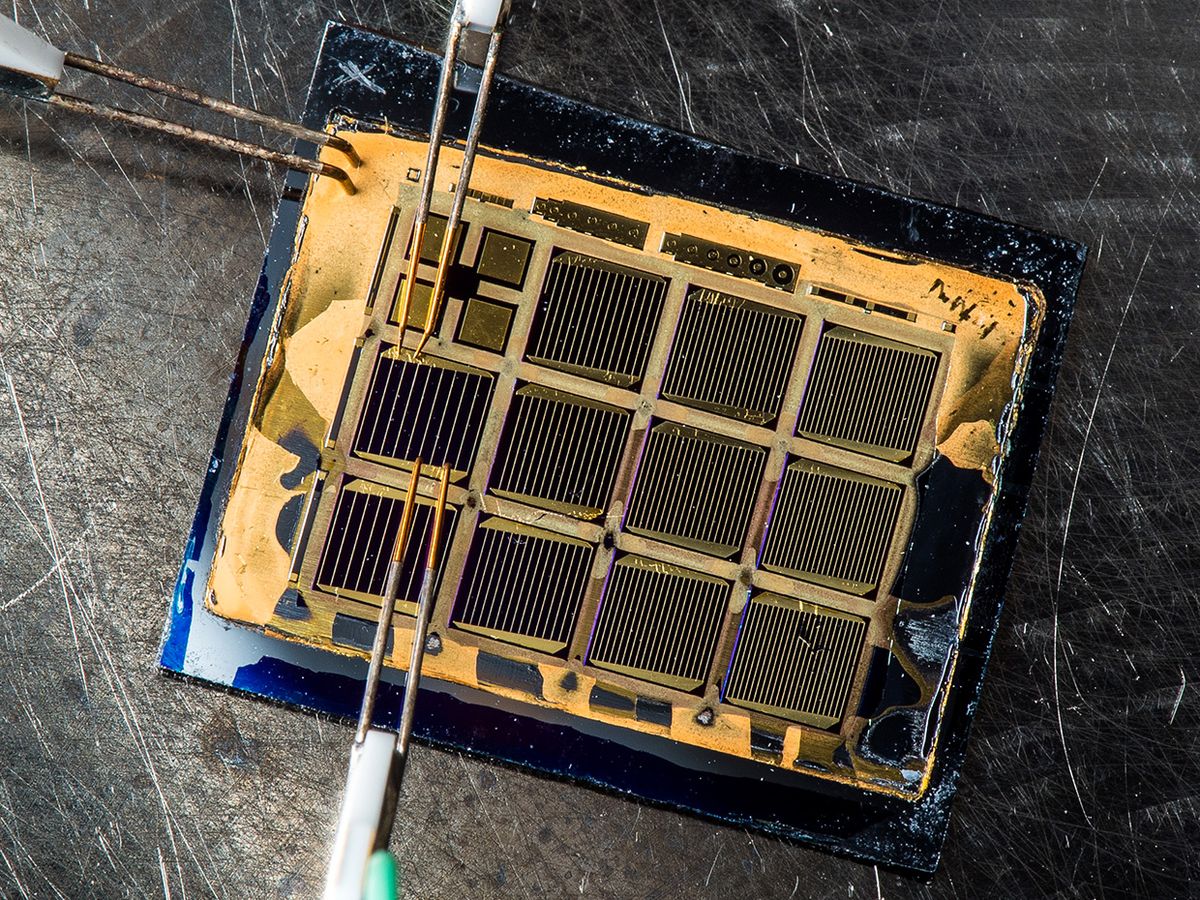Following the arrival of a fresh fleet of robot explorers, the eyes of the space-watching world may be fixed on Mars right now, but later this year, NASA’s ambitious Lucy mission is set to steal some of the limelight. Launching on October 16 on a decade-plus-long mission, Lucy is bound for the trojans, distant asteroids that follow in Jupiter’s orbit.
Most previous forays to the outer solar system relied on expensive radioisotope thermoelectric generators, such as with the Voyager and New Horizons probes. Instead, Lucy carries a pair of solar panel arrays. They unfurl like giant hand fans, each array 6 meters (20 feet) in diameter. Going beyond Jupiter’s orbit will take Lucy farther from the Sun than any prior solar panel—the previous record was for Juno, which is currently in Jovian orbit.
The “extreme power requirements” out there are “pretty much the crux of the reason why the solar array is so huge and amazing,” says Katie Oakman, Lucy’s Spacecraft Structures and Mechanisms Lead.
This has meant pushing photovolatic research in different directions to research that has focused on developing solar power for use on Earth. While cheap silicon photovoltaic cells fuel the clean energy transition on Earth, space solar must rely on other types of solar panels.
Conditions vary, but photovoltaics in space face a number of challenges. Even in Earth’s humble orbit, satellites operate outside the protection of an atmosphere. That means space-based solar panels face drastic temperature swings between cold shade and searing sunlight. And that sunlight is different: it has more ultraviolet than we see on the ground, for instance.
There’s another danger in space: ionizing radiation. Solar panels in Earth’s orbit may face the maelstrom of the Van Allen belts while solar panels elsewhere might need to weather the Sun’s solar wind. Over time, such radiation eats away at solar cells’ effectiveness. A solar cell that spends 15 years in Earth’s geosynchronous orbit, about 36,000 kilometres (22,000 miles) high, will drop to around 80 percent effectiveness.
The very early satellites of the 1950s and 1960s used silicon photovoltaic cells. But designers soon began to look at so-called multi-junction (MJ) III-V solar cells, making them from layers of multiple materials that each absorbed a different wavelength of light. MJ cells are more efficient, more resilient in space’s unearthly conditions, and lighter.
”Space industries have used III-V solar cells for quite some time now, due to those things,” says Ryan France, a scientist at the National Renewable Energy Laboratory (NREL) in Golden, Colorado, outside Denver.
NREL pioneered MJ III-V cells in past decades, and more recently, researchers there have pushed MJ cells towards the vaunted 50 percent efficiency milestone. Most MJ cells consist of three layers, but in 2020, NREL researchers presented a six-junction cell that reached 47 percent efficiency under concentrated sunlight, superior to silicon photovoltaic cells.
Bringing it Back to Earth
On Earth, however, MJ cells face an economic obstacle: Silicon photovoltaic cells’ low cost and overwhelming market dominance, combined, make it a struggle to commercialize MJ cells. Silicon cell prices have fallen sixtyfold since 1980, in a decline that shows little sign of stopping.
So far, MJ cells are largely used in concentrated solar power, which uses mirrors or lenses to focus and intensify sunlight upon the solar panel. This generates impressive efficiency figures, but outside the lab, it hasn’t been able to compete with cheap silicon.
But NREL researchers have now turned their focus away from the 50 percent performance mark in favor of lowering the costs of MJ cells. “The more we lower the costs,” France says, “the more markets we potentially have.” They want to pave the road for MJ cells to reach new applications, although it’s not yet clear what all those applications might be.
But cheaper solar cells will no doubt benefit space applications in turn. And Oakman thinks that unfurling solar panels like Lucy’s also have a place in humanity’s off-world future—especially near Jupiter, where temperatures and light levels are much, much lower than near Earth.
“If we want to continue to send spacecraft to the outer solar system,” she says, “then I think there are all kinds of opportunities to use this type of design in the future.”



